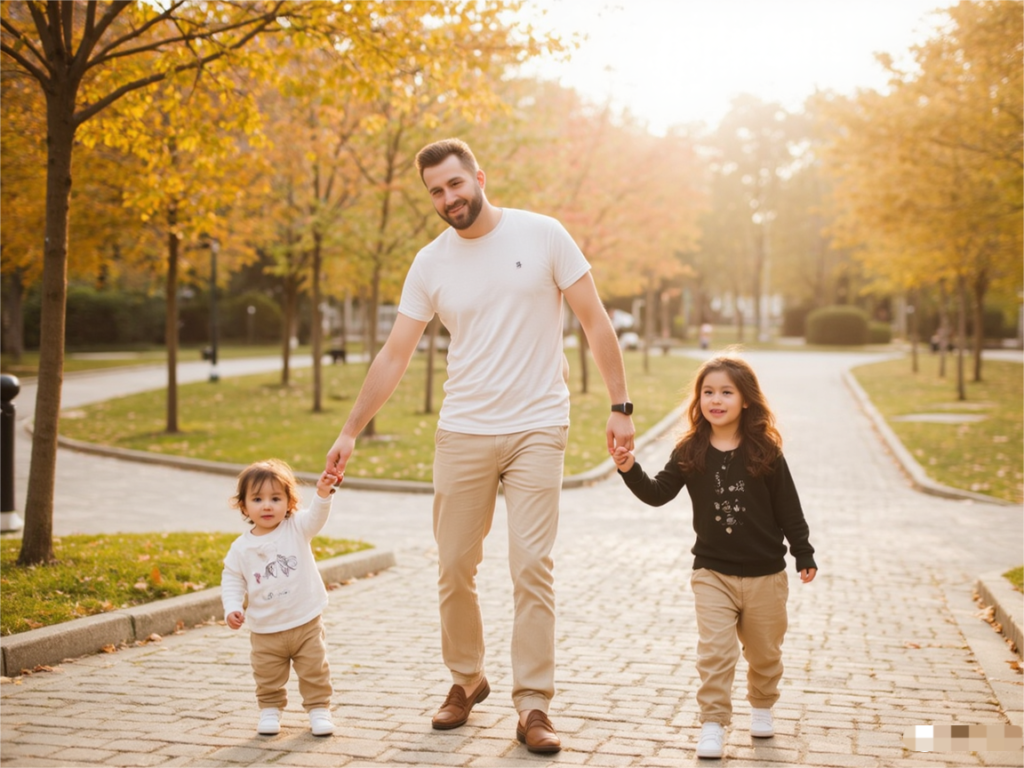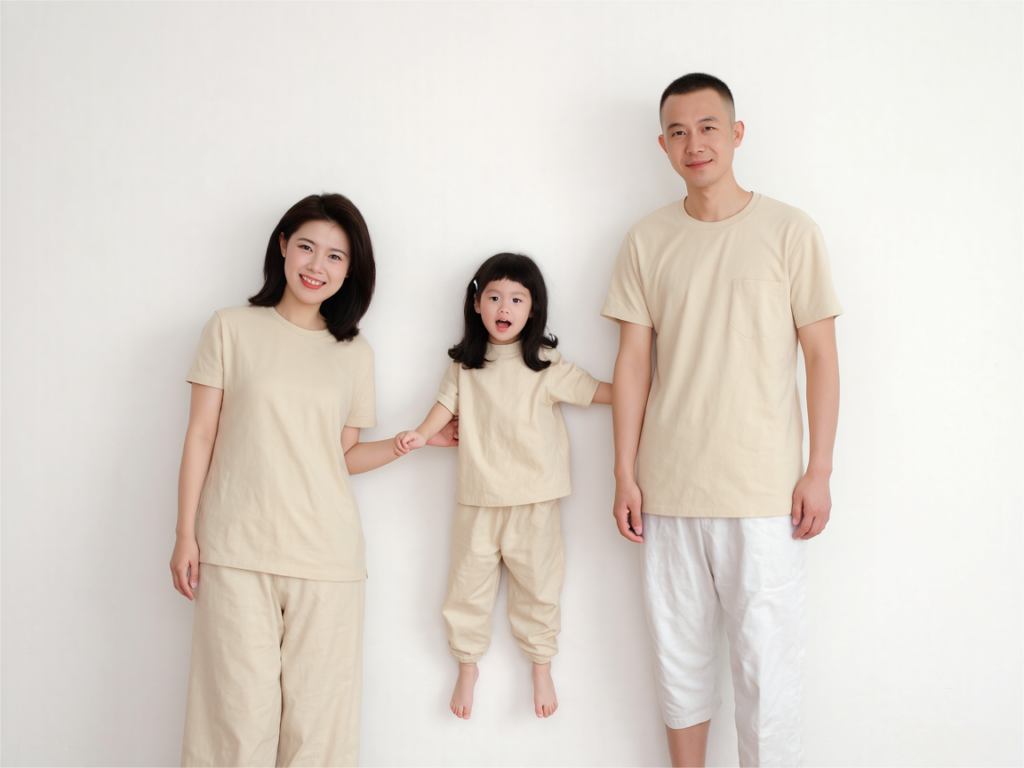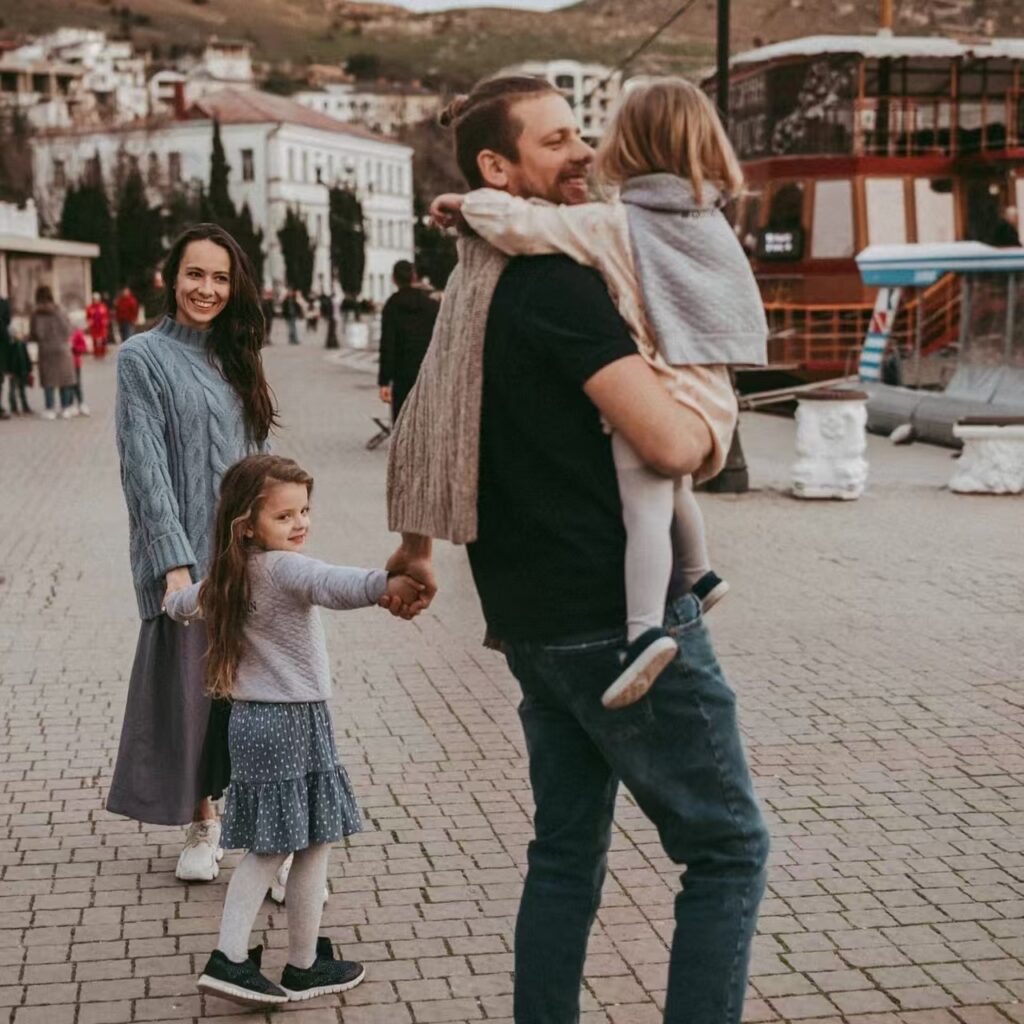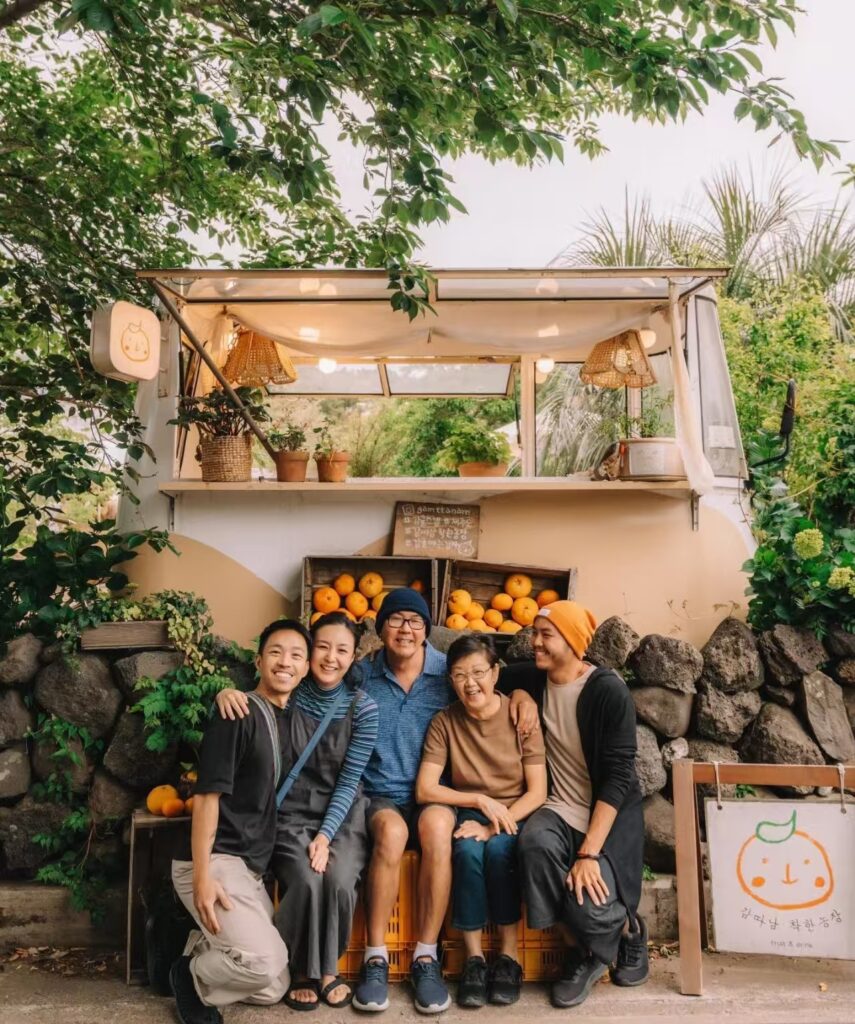
When you see a family of four out for a day at the park, all wearing matching t-shirts or coordinated outfits, it’s hard not to notice. Whether it’s during a family vacation, a holiday gathering, or simply a weekend outing, coordinated outfits have become a popular trend for families everywhere. But why do families love to dress in coordinated outfits? What does it really say about family dynamics and our psychology? Let’s dive into the psychology behind family coordination and why this practice fosters a sense of togetherness and belonging.
1. A Visual Representation of Unity
At its core, wearing matching or coordinated outfits is a visual representation of unity. Clothes are one of the first things people notice about others, and they convey messages about identity and relationships. When family members wear coordinated outfits, they’re making a statement: “We are a team.” This visual uniformity emphasizes the idea that each person plays an integral part in the family structure, and they share a collective identity.
2. Strengthening Family Bonds
The simple act of dressing alike can strengthen the emotional bond between family members. Humans are social creatures, and we have a natural desire to feel connected to others. By dressing in a way that reflects the group, family members reaffirm their connection with one another. Whether it’s parents and children or extended family members, the shared coordination can create a subtle but powerful sense of solidarity. It brings a family together in a way that words sometimes can’t.
3. Promoting Positive Family Identity
Families, especially those with young children, often go through phases of identity formation. Coordinated outfits are a way for families to craft and promote their unique identity. Just as individuals may wear clothes that reflect their personal style or values, families use coordination to communicate something about who they are as a unit. This could be something as simple as fun, carefree personalities, or it could reflect deeper values like tradition, unity, or love. For example, a family wearing matching outfits to a cultural festival may do so to honor their heritage, while a family in coordinated Christmas pajamas might be emphasizing the joy and togetherness of the holiday season.
4. Fostering a Sense of Belonging
Belonging is a fundamental psychological need, and coordinated outfits help create a feeling of inclusion within the family unit. When we see a family dressed in the same or complementary clothes, it subconsciously signals that they are “in this together.” This can be particularly important for children, who are still developing their understanding of social roles and relationships. Wearing coordinated outfits can help children feel that they are an important part of something larger than themselves—an identity they belong to and can take pride in.
5. Creating Lasting Memories
Another psychological benefit of family coordination is the creation of lasting memories. Think about the pictures you have from family vacations, holidays, or reunions. When everyone is dressed in coordinated outfits, those photos become more than just snapshots—they become iconic mementos of time spent together. These shared experiences, marked by coordinated outfits, act as visual reminders of happy times and can create a lasting impression in the minds of children and parents alike.
6. A Bonding Ritual for Special Occasions
Coordinated outfits are often reserved for special occasions—think family portraits, birthday parties, family reunions, or holiday celebrations. This ritual of dressing the same can become a cherished tradition that brings the family together in anticipation and excitement. It also fosters a sense of anticipation and excitement before the event itself. For parents, it can become a fun way to plan and involve children in the preparation process, helping them feel a sense of contribution to the family unit.
7. The Role of Social Media and Modern Family Dynamics
In today’s world, family coordination has been amplified by the rise of social media. Many families love to post pictures of their coordinated outfits, from Instagram to Facebook, sharing a snapshot of their unity with the world. This practice not only strengthens family bonds but also helps families create a shared identity in the digital space. As much as it is about personal pride, it’s also about celebrating the joy of being together and presenting a cohesive image of the family dynamic.
8. Psychological Satisfaction and Fun
Lastly, there’s a psychological satisfaction that comes from coordinating outfits. It’s simply fun! Humans enjoy the process of creating order and harmony, even in the clothes they wear. For families, this playful coordination can bring a lighthearted and enjoyable aspect to the day. Whether it’s choosing colors, patterns, or themes, it’s a creative expression of love and unity. When families take pride in their coordinated looks, it brings out positive emotions and strengthens the bonds of affection.


